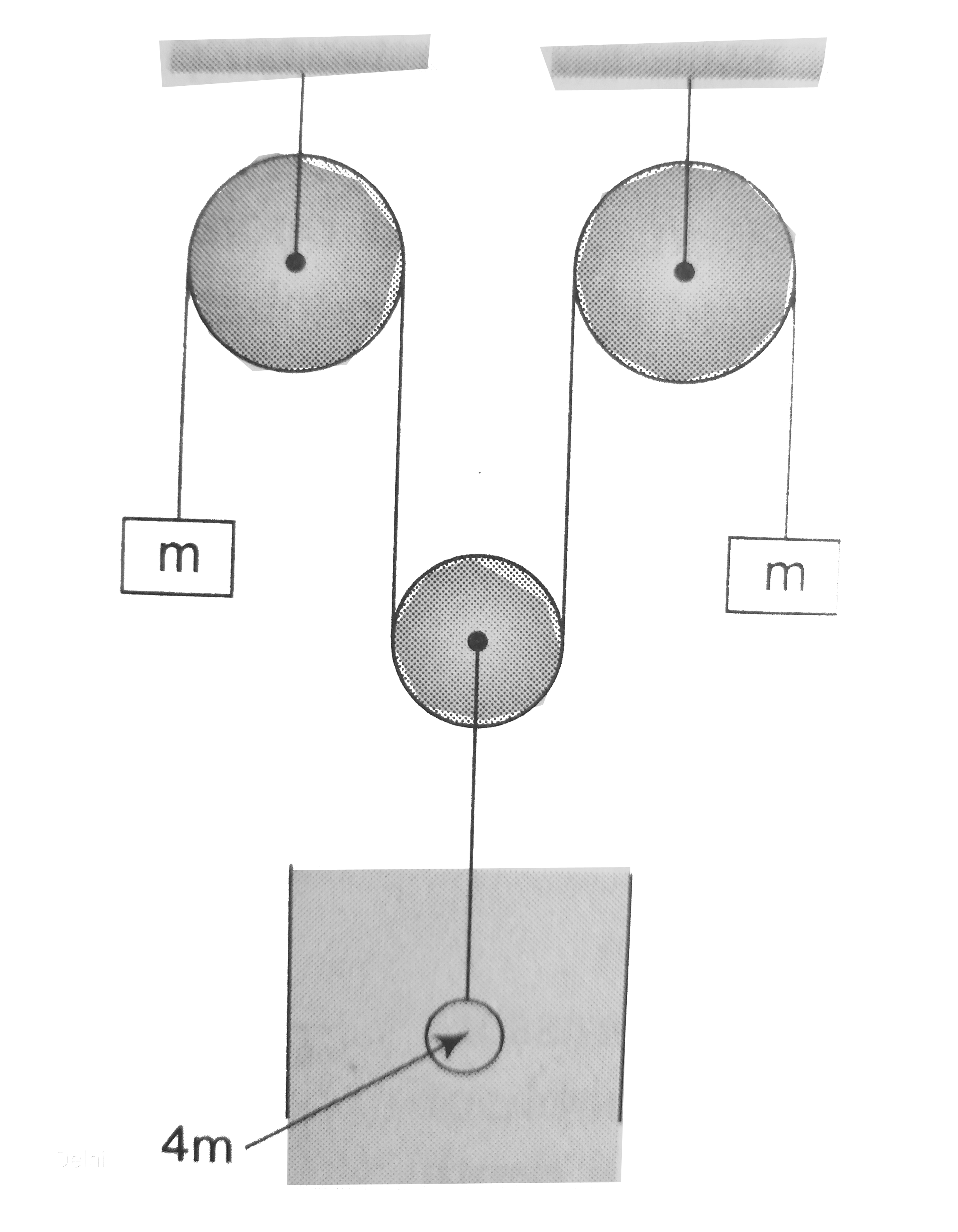A spherical solid body is dropped inside a vast expanse of viscous liquid of large depth and of coefficient of viscosity η. The density of the solid is greater than that of the liquid. The time taken by the body to attain the 90% of the steady state velocity is dependent on
density of the liquid
density of the solid
diameter of the sphere
coefficient of viscosity
The correct Answer is:B, C, D
v=vT(1−e−tτ) where, τ=2ρr29η
Topper's Solved these Questions
- MECHANICAL PROPERTIES OF FLUIDSBook:NARAYNAChapter:MECHANICAL PROPERTIES OF FLUIDSExercise:Comprehension Type Questions
Explore 40 Videos
- MECHANICAL PROPERTIES OF FLUIDSBook:NARAYNAChapter:MECHANICAL PROPERTIES OF FLUIDSExercise:Paragraph Type Questions
Explore 5 Videos
- MECHANICAL PROPERTIES OF FLUIDSBook:NARAYNAChapter:MECHANICAL PROPERTIES OF FLUIDSExercise:Statement Type Questions
Explore 16 Videos
- MATHEMATICAL REVIEW & PHYSICAL WORLDBook:NARAYNAChapter:MATHEMATICAL REVIEW & PHYSICAL WORLDExercise:C.U.Q
Explore 13 Videos
- MECHANICAL PROPERTIES OF SOLIDSBook:NARAYNAChapter:MECHANICAL PROPERTIES OF SOLIDSExercise:LEVEL-II (H.W)
Explore 24 Videos
Similar Questions
A spherical ball of radius r and density d is dropped from rest in a viscous fluid having density ρ and coefficient of viscosity η.
(a) Calculate the power (P1) of gravitational force acting on the ball at a time t after it is dropped. (b) Calculate the rate of heat generation (P2) due to rubbing of fluid molecules with the ball, at time t after it is dropped. (c) How do P1 and P2 change if the radius of the ball were doubled? (d) Find P1 and P2 when both become equal.
View SolutionThe viscous force on a spherical body, when it moves through a viscous liquid, depends on the radius of the body, the coefficient of viscosity of the liquid and the velocity of the body.Find an expression for the viscous force.
View Solution
Knowledge Check
A small spherical body of radius r and density ρ moves with the terminal velocity v in a fluid of coefficient of viscosity η and density σ . What will be the net force on the body?
A4π3r3(ρ−σ)gB6πηrvC0DinfinityA small steel ball of radius r is allowed to fall under gravity through a column of a viscous liquid of coefficient of viscosity η. After some time the velocity of the ball attains a constant value known as terminal velocity υT. The terminal velocity depends on (i) the mass of the ball m (ii) η, (iii) r and (iv) acceleration due to gravity g . Which of the following relations is dimensionally correct?
AvT∝mgηrBvT∝ηrmgCvTηrmgDvT∝mgrηA spherical ball of diameter 1 cm and density 5×103kgm−3 is dropped gently in a large tank containing viscous liquid of density 3×103kgm−3 and coefficient of viscosity 0.1Nsm−2. The distance that the ball moves n 1 s after attaining terminal velocity is (g=10ms−2)
A102mB23mC49mD45m
A small spherical ball of radius r falls with velocity υ through a liquid having coeffiecinet of viscosity η. find viscous darg F on the wall if it depends or r,υ,η.TakeK=6π
View SolutionA large drop of oil whose density is less than that of water, floats up through a column of water assume that the oil an the water do not mix. The coefficient of viscosity of the oil is η∘ and that of water is ηW the velocity of the drop will depend on
View SolutionWhen a liquid flows in a tube, there is relative motion between adjacent layers of the liquid. This force is called the viscous force which tends to oppose the relative motion between the layers of the liquid. Newton was the first person to study the factors that govern the viscous force in a liquid. According to Newton’s law of viscous flow, the magnitude of the viscous force on a certain layer of a liquid is given by
F=−ηAdvdx
where A is the area of the layer dvdx is the velocity gradient at the layer and η is the coefficient of viscosity of the liquid.
If f is the frictional force between a solid sliding over another solid, and F is the viscous force when a liquid layer slides over another, then :
View Solution
A spherical ball of mass 4m, density σ and radius r is attached to a pulley-mass system as shown in figure. The ball is released in a liquid of coefficient of viscosity η and density ρ(<σ2). If the length of the liquid column is sufficiently long, the terminal velocity attained by the ball is given by (assume all pulleys to be massless and string as massless and inextensible):
View SolutionThe terminal velocity v of a small steel ball ofradius r fal ling under gravity through a column ofa viscous liquid of coefficient of viscosity η depends on mass of the ball m, acceleration due to gravity g, coefficient of viscosity η and radius r. Which of the following relations is dimensionally correct?
View Solution

